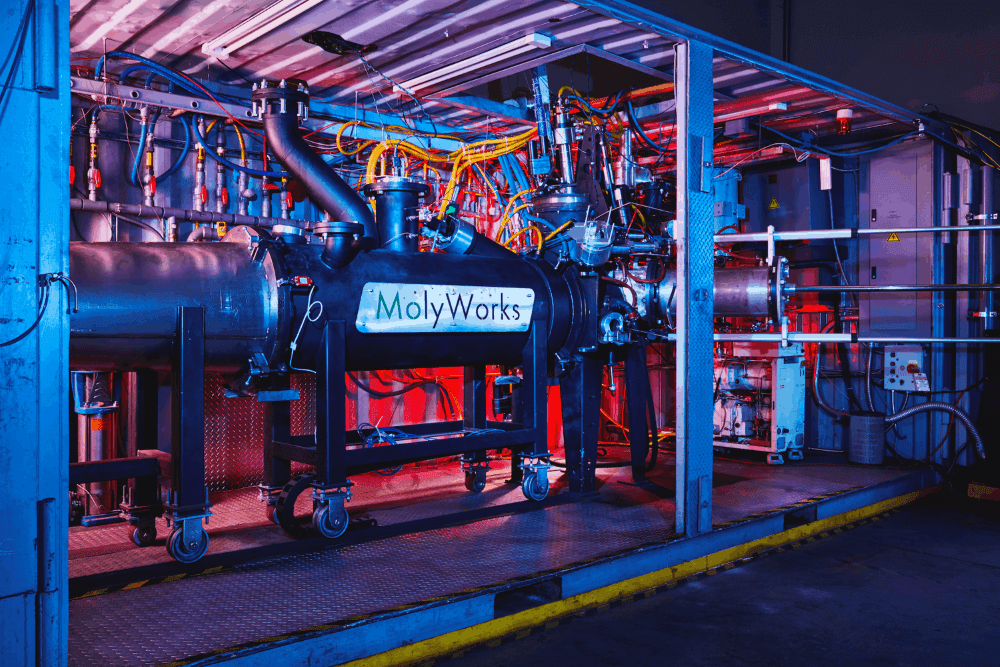Since the industrial revolution, humankind has been following a linear model of production and consumption. Raw materials have been transformed into goods that are sold, used and turned into waste that is many times unconsciously discarded and managed. On the opposite, the circular economy is an industrial model that is regenerative by intention and design and aims to improve resources’ performance and fight the volatility that climate change might bring to businesses.
Additive manufacturing (AM) inherently generates less waste than the conventional manufacturing. AM encompasses a wide range of technologies each with its own intricacies and challenges. In this article we focus on Metal Additive Manufacturing and moreover the impact materials play in the sustainability aspect of the process.
Focus on Metals
Metals are the most suitable for an optimal circular economy due to their inherent nature of being highly recyclable. Furthermore, it is shown that Powder Bed Laser Fusion is well suited manufacturing process for the circular economy, as the waste generated in the process can be efficiently recycled back into usable powder feedstock in a closed-loop, alloy specific manner. Preparing powder for additive manufacturing directly from scrap feedstock could also help to reduce the relatively high price of powders that are used today in additive manufacturing.
However, more research is needed as energy optimization is still far from the ideal values. As presented in this research, plastics are among the materials most commonly reviewed because of their higher usage in AM. Materials with better recyclability, reuse or circularity will be more feasible for future use in AM, as national policies increasingly move manufacturing toward green materials and processes.
 One Company is Leading the Way
One Company is Leading the Way
One of the leading manufacturers of sustainable metal powder is MolyWorks Materials Corporation. The company has invented a revolutionary compact recycling foundry, “The Greyhound system”, that is able to upcycle scrap metals to sustainable additive manufacturing grade powder in a single step, near the point-of-need. Their mission is to create the circular economy for metal. The greenhouse gas emissions (GHGs) analysis shows that MolyWorks Titanium powder produces around 89% less CO2 emissions than the traditional powder. Using renewable power at 90%, such as in California, the process can reduce CO2 emissions by 99%.
The system is suitable for small batches and large-scale production of standard and custom alloys, including refractory metal powder. The technology has been demonstrated with more than 24 metal alloys and used for land, air, sea, and space applications. In addition to the ISO9001, the USA facility will be getting the AS9100 certification in early Q4’2021 to support more aerospace projects. MolyWorks has also decided to expand into Asia Pacific by locating a new foundry in Singapore that will be operational in early 2022. Embracing an ecosystem approach, the company welcomes strategic partners in Asia Pacific to co-develop new material needed to open up more industry applications using AM technology. For details, please contact Albert Sutiono, APAC Partnerships Director at [email protected].
References
- Henry A. Colorado, Elkin I. Gutiérrez Velásquez, Sergio Neves Monteiro, Sustainability of additive manufacturing: the circular economy of materials and environmental perspectives,Journal of Materials Research and Technology, Volume 9, Issue 4,
- The Additive Manufacturer Green Trade Association in Collaboration with Delft University of Technology Presents: State of Knowledge on the Environmental Impacts of Metal Additive Manufacturing by Jeremy Faludi, Ph.D. and Corrie Van Sice
- https://www.thinkstep-anz.com/resrc/blogs/additive-manufacturing-re-thinking-how-we-use-materials-in-a-circular-economy/
- https://www2.deloitte.com/us/en/insights/focus/3d-opportunity/additive-manufacturing-in-lca-analysis.html


